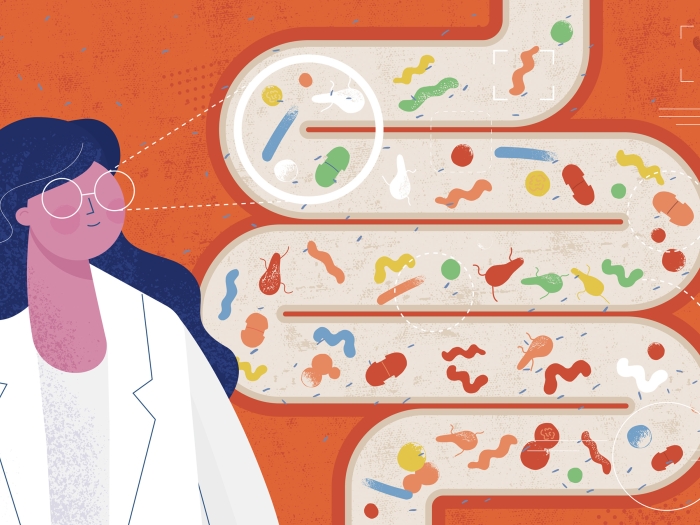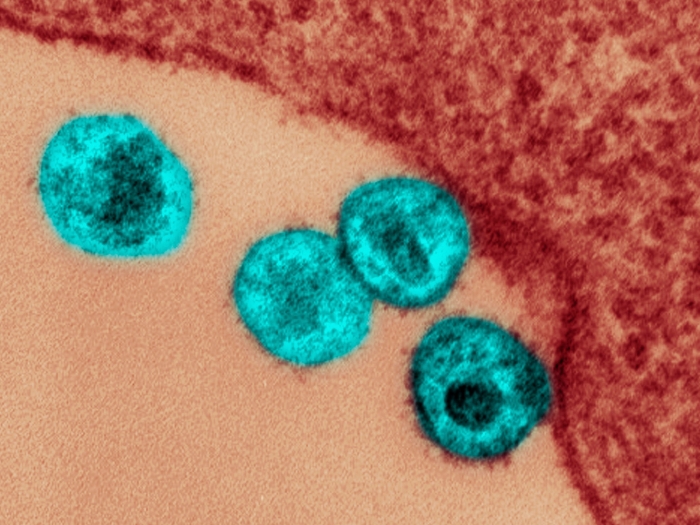A variation of the molecule can contribute to fibrosis and scleroderma.
11:51 AM
Author |

A molecule that was until recently known as a brake on inflammation has now been implicated in fibrosis in scleroderma patients.
Scleroderma is an autoimmune disease that causes a buildup of scar tissue on organs. The disease can be fatal and there is currently no cure.
A study published in Nature Communications, found that scleroderma patients have reduced expression of A20 in their skin and lungs. The A20 molecule normally prevents formation of fibrosis, while altered A20 expression or function in scleroderma contributes to fibrosis.
MORE FROM MICHIGAN: Sign up for our weekly newsletter
The function of A20 has been studied in inflammatory conditions such as rheumatoid arthritis, inflammatory bowel disease, psoriasis, and lupus, but its role in scleroderma has gone unnoticed. The discovery of the A20 molecule's novel function explains why cells in people with scleroderma are hyperactivated.
"The A20 molecule has not been linked to scleroderma until now," said John Varga, MD., a senior author of the paper and professor of rheumatology at the University of Michigan Medical School. "This discovery is a building block for potential future scleroderma treatment."
This large multi-center study was conducted using cell as well as genetically engineered mice models. The mice lacking the A20 molecule developed advanced fibrosis.
“As A20 is downregulated in scleroderma, approaches to augment endogenous A20 expression or function might represent clinically viable therapeutic approaches for scleroderma and other intractable fibrosing conditions,” said Swati Bhattacharyya, Ph.D., one of the paper’s senior authors and a member in Varga’s lab. “Interestingly, our preliminary data suggested that both adiponectin and small molecule adiponectin receptor agonist, AdipoRon, can induce A20 expression and exerted antifibrotic effects,” she said.
Researchers plan to precisely define how A20 regulates fibrosis and how endogenous A20 levels can be boosted as an innovative treatment for fibrosis.
Live your healthiest life: Get tips from top experts weekly. Subscribe to the Michigan Health blog newsletter
Headlines from the frontlines: The power of scientific discovery harnessed and delivered to your inbox every week. Subscribe to the Michigan Health Lab blog newsletter
Like Podcasts? Add the Michigan Medicine News Break on Spotify, Apple Podcasts or anywhere you listen to podcasts.
Additional authors include: Wenxia Wang, Swarna Bale, Jun Wei, Jing Jing Yan, Roberta G Maragoni, Hiam Abdala-Valencia, Dan Xu, Stephen D Miller, and Sergejs Berdnikovs of the Feinberg School of Medicine; Erica Herzog of the Yale University; Amr H Sawalha of the University of Pittsburgh; Kentaro Awaji, Takashi Yamashita, Shinichi Sato, and Yoshihide Asano of the University of Tokyo Graduate School of Medicine; Chinnaswamy Tiruppathi of the University of Illinois; Anjana Yeldandi of Northwestern University; Bettina C Schock of Queens University Belfast; Bharath Yalawarthi, Dibyendu Bhattacharyya, Hanshi Sun, and Pei-Suen Tsou from the University of Michigan
Paper cited: “Fibroblast A20 governs fibrosis susceptibility and its repression by DREAM promotes fibrosis in multiple organs,” Nature Communications. DOI: 10.1038/s41467-022-33767-y

Explore a variety of healthcare news & stories by visiting the Health Lab home page for more articles.

Department of Communication at Michigan Medicine
Want top health & research news weekly? Sign up for Health Lab’s newsletters today!





